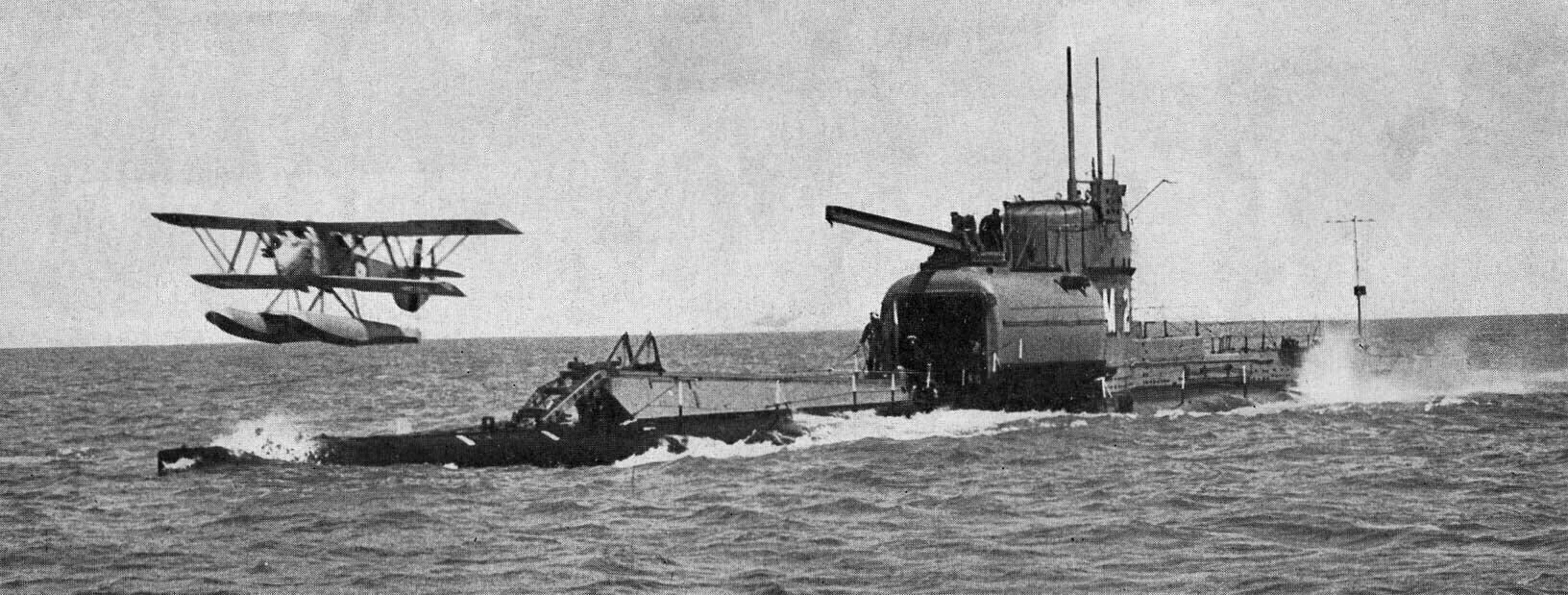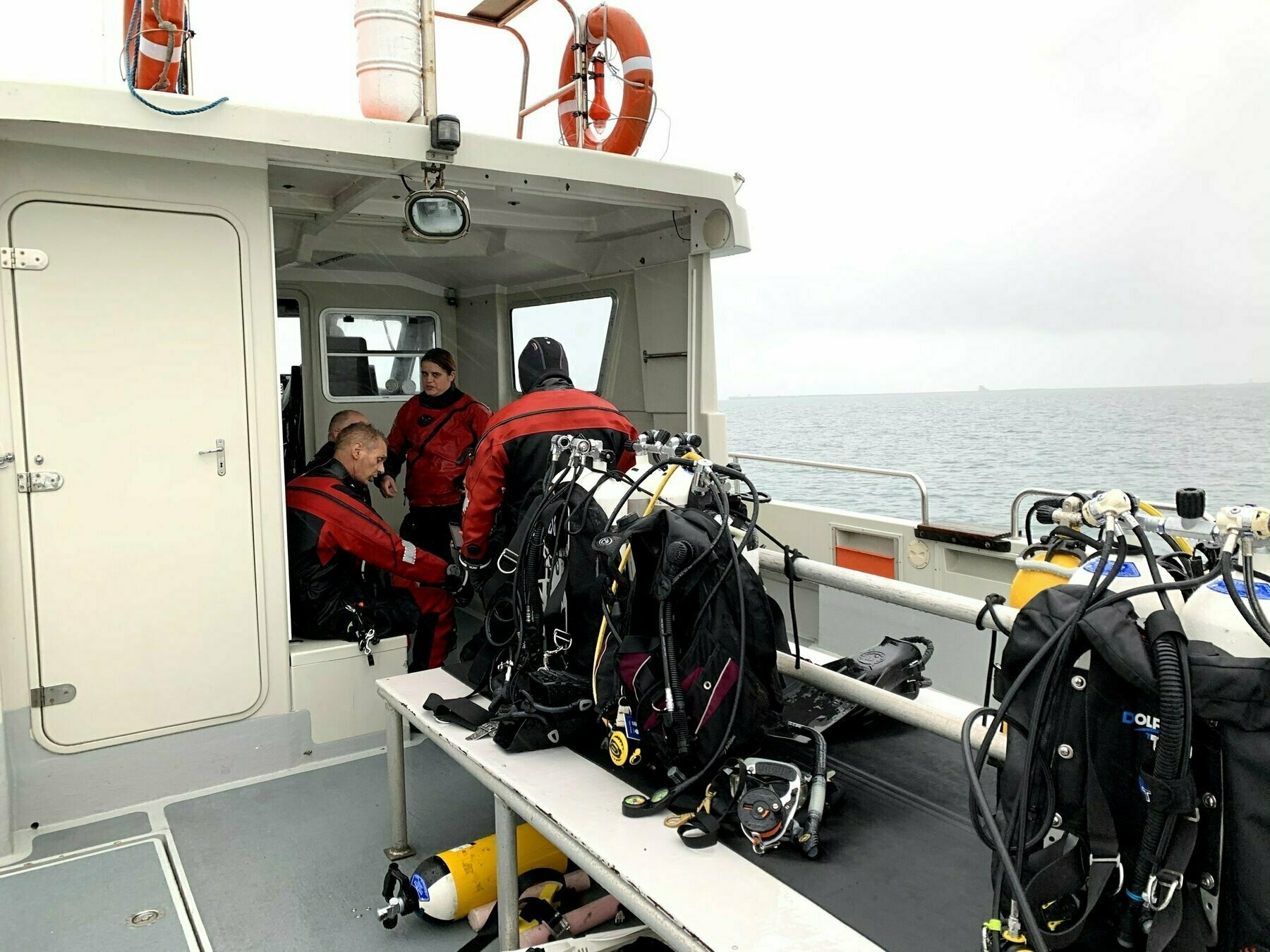Deeper, Darker and Scarier - PADI Tec45

When I started diving five years ago I never could have imagined that I would certify this far on the PADI tree. Passing my Tec45 has taken a lot of effort, the knowledge reviews and exams really do require some serious investment and the training and certification dives require confidence, practice and second-nature ability in the water. That’s before I even considered the equipment requirements! But, by the skin of my teeth (and with a very good instructor!), I managed to get through it all inside of 2019, with a final and very chilly dive at Vobster in late December.
It certainly hasn’t been without challenge, there have been several embarrassing SMB launches - it’s a whole lot more difficult to launch an SMB with a frozen face while wearing dry gloves than it is in the Maldives!! And during an early (and shallow) training dive I managed to ‘kill’ my instructor, Tony by dragging him out of an underwater plane (while he was acting as an unconscious diver), I got him out, but over-inflating his wing sent him straight to the surface, which of course is a huge no-no in technical diving. Thankfully he forgave me and repeating the skill again we succeeded in saving his life! Frankly, the amount of times I’ve stopped him trying (acting) to breath a gas he shouldn’t be at depth, he should be the one thanking me!
The final certification dives were very cold indeed, it’s the first time I’ve ended up shivering while on a decompression stop despite wearing my typically warm and cosy dry suit. Perhaps next year I will invest in the fancy Santi Heated Under-suit. Speaking of expensive investments, I am now the proud owner of a brand new 12l twinset, an XDeep Project Wing, Apeks Tek3 Regulators, a Luxfer 11l stage cylinder, Apeks XL4 Stage Regulators, a Suunto D5 Computer and a rather fancy torch too. All of which certainly wasn’t in this year’s budget! While not cheap, I absolutely love my setup and diving with it on the HMS M2 earlier in the year was an absolute dream. I’m sure too that it will all see plenty of use over the next few years.
My shiny new certification card permits me a few more things; I can now dive with a mix up to 100% oxygen(!) to a maximum depth of 45m with unlimited decompression time. Principally though, I set it as my baseline ahead of diving Scapa Flow in Scotland. Scapa is the UK’s Wreck mecca, I won’t do the story an injustice by trying to tell it here, but if you don’t why Scapa is so important, please do read this… Now that Tec45 is out of the way, I need to get myself a ticket to the Orkey Islands because I cannot wait to see those huge ships underwater.
A big thank you to Tony and Janine at Southern Scuba for everything and a thank you to Aaron Hogg as my fellow student and Luke Tanner for diving with us too.



